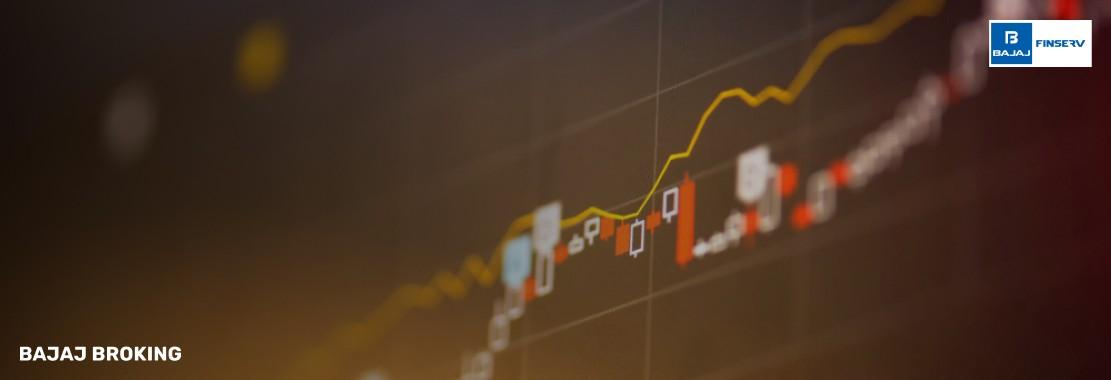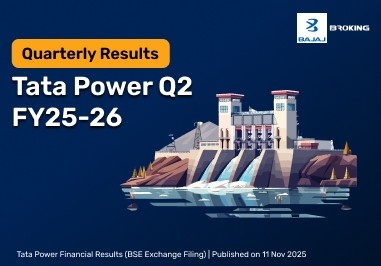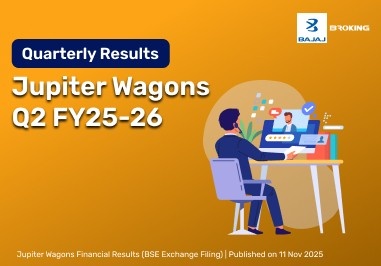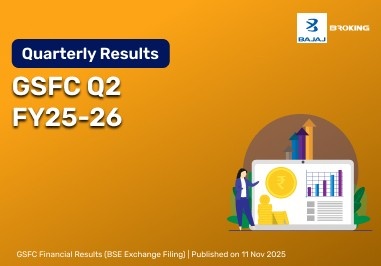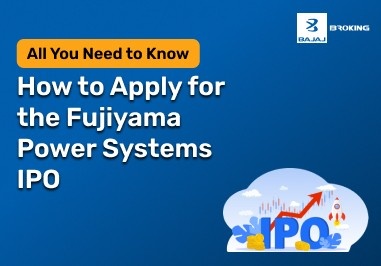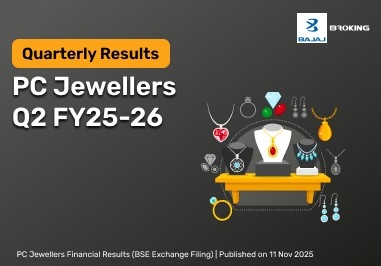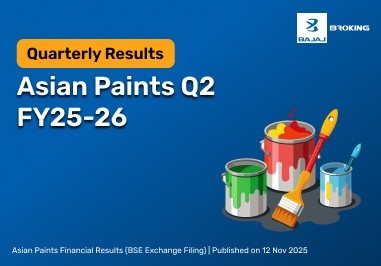Source: Screener.in/Trendlyne/Economic Times/Live Mint/Moneycontrol
About BSE
The Bombay Stock Exchange (BSE), founded in 1875, is Asia’s oldest stock exchange. Based in Mumbai, the exchange has evolved from informal trading under a banyan tree to becoming a major national marketplace. Today, BSE operates electronic trading platforms across equity, derivatives, currency, and commodity segments. It also manages the S&P BSE Sensex and indexes like BSE 500 and SmallCap. BSE Limited is listed publicly and plays a vital role in India’s financial infrastructure, facilitating capital formation for businesses and investment opportunities for millions of investors.
History
BSE traces its roots to 1875 when a group of stockbrokers formed “The Native Share & Stock Brokers Association” in Bombay. By 1928, it had secured a permanent location on Dalal Street, Mumbai. The modern trading platform (BOLT) took shape in 1995 and the S&P BSE Sensex was created in 1986. The exchange was demutualised in 2007 and listed in 2017. It introduced India’s first commodity derivatives in 2018 and launched India INX in GIFT City in 2016, aiming to serve international investors.
Industry and sector
BSE operates in the capital markets infrastructure sector. It provides trading platforms for equity, debt, mutual funds, currency, interest rate, and commodity derivatives. The exchange also contributes to regulation, surveillance, and investor services, working in collaboration with SEBI. As a key pillar of India’s financial system, BSE supports liquidity, price discovery, and capital mobilisation.
Key business areas
Equity trading platforms supporting listed and SME companies
Derivatives markets for equity, currency, commodities and interest rates
Index services such as Sensex, BSE 100, BSE 500
India INX – international exchange based in GIFT City
Technology services, data, surveillance, and clearing services
BSE – Key highlights
Mission & vision
BSE aims to foster a transparent, efficient, and resilient securities marketplace. Its vision includes expanding access to capital and innovation across domestic and international markets, while leveraging technology and sustainable infrastructure. The exchange seeks to support investor confidence and enhance India's global financial integration.
Milestones and achievements
1875 – Formed as the Native Brokers’ Association.
1986 – Introduced the Sensex.
1995 – Electronic trading via BOLT.
2007 – Demutualisation to a corporate entity.
2016 – Launched India INX in GIFT City.
2018 – Introduced commodity derivatives in gold and silver.
Recent developments or news
Q4 FY25: PAT jumped 362% YoY to ₹494 crore, revenue surged 75% to ₹847 crore, and dividend of ₹23/share declared.
Implemented an AI-based tool to streamline SME IPO document checks, aiming to boost efficiency.
Share price gained over 230% in 1 year, supported by robust financial performance and service innovation.
Financial overview of BSE
Revenue and profit trends
In FY25, BSE posted consolidated revenue of approximately ₹3,212 crore and PAT of ₹1,322 crore. These figures reflect doubling of annual revenue and notable EBITDA margins. Quarterly income also showed steady growth—total income reached ₹867 crore in Q4 FY25 compared to ₹484 crore in the same quarter of the previous year.
Key financial ratios
EPS (FY25): ₹81.01, up from ₹54.84 in FY24
P/E ratio: ~34–35
Book value/share: ₹276.89
Return on Equity: ~34%
ROCE: ~43.5%
Zero debt, employee cost under 7.5% of revenues
Recent quarterly/annual results
Q4 FY25 income soared ~75% YoY to ₹847 crore, while PAT surged 362% to ₹494 crore. This strong profitability led the board to declare a dividend of ₹23 per share. Quarterly results reinforce BSE’s stable earnings and ability to generate shareholder returns.
BSE share price performance
Historical share price trends
Over the past year, BSE share price soared by approximately 234%, while three-year gains exceeded 1,300%. The exchange has delivered exceptional long-term returns, reflecting strong investor appetite and consistent financial performance.
52-week high/low
52‑week high: ₹3,030
52‑week low: ₹705
The stock currently trades near ₹2,786, below its peak, indicating recent profit-taking after robust gains.
Pros & cons of BSE
Pros
Market leadership as Asia’s oldest exchange
Strong profitability (ROE ~34%, zero debt)
Robust growth in revenue and net profit
Cons
Substantial premium valuation (P/B ~25.6x)
Competitive threat from NSE and digital platforms
Reliance on market turnover may affect revenue
BSE stock fundamentals
P/E ratio, EPS, ROE, etc.
Shareholding pattern
Promoters hold a significant stake; domestic institutional investors and retail investors form the rest. FIIs and DIIs have notable participation. This diverse mix supports liquidity and governance.
Competitors of BSE
Peer comparison
NSE – Market leader with higher volumes, typically lower P/E ratio
MCX, NCDEX – Commodity exchanges with niche focus
India INX – BSE’s own international exchange based in GIFT City
Market positioning
BSE is a diversified exchange platform with strong domestic and growing global presence. It competes with NSE in equity and derivative trading and with commodity exchanges in the commodities market. India INX supports its international ambitions.
Future outlook for BSE
Growth opportunities
Expansion of India INX for global trading
Technology-driven services in IPO, mutual funds, and debt markets
AI tools to simplify MSME IPOs, derivative platforms, and digital assets
Risks and challenges
Regulatory changes and excessive competition from other exchanges
Market turnover fluctuations impact exchange revenues
Valuation risk given high price-to-book multiples
How to track BSE’s share price?
Monitor through NSE/BSE websites, financial portals like Moneycontrol, Investing.com, or your trading app. These sources provide real-time quotes, historical trends, market cap, P/E, dividend yield, and alerts for corporate news or technical signals.
